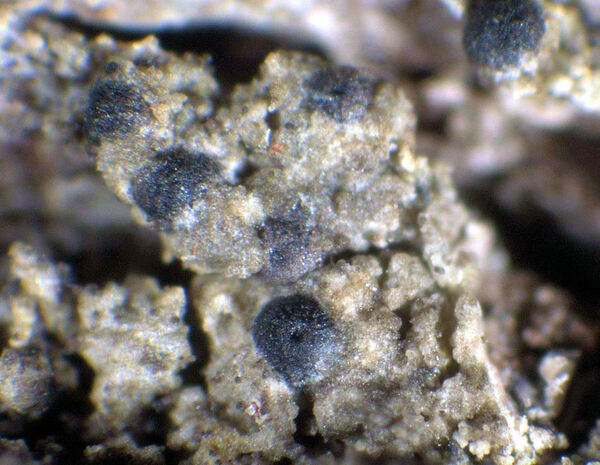Normandina chlorococca (Leight.) Orange
Lichenologist, 54: 374, 2022. Basionym: Verrucaria chlorococca Leight. - The Lichen Flora of Great Britain and Ireland, ed. 3: 484, 1879
Synonyms: Arthopyrenia chlorococca (Leight.) A.L. Sm.; Lauderlindsaya chlorococca (Leight.) Diederich & Sérus.; Normandina acroglypta auct. non (Norman) Aptroot; Sphaerulina chlorococca (Leight.) R. Sant.; Thelidium chlorococcum (Leight.) Keissl.; Thelidium sorbinum (Nyl.) Hulting
Distribution: N - Frl (TSB 26042), Ven (Thor & Nascimbene 2007).
Description: Thallus crustose, episubstratic, dull grey-green, at the beginning smooth or consisting of small, convex, goniocyst-like granules which rapidly become irregular in shape and coalesce, forming an uneven crust, or often reduced to a collar surrounding each perithecium, with ill-defined, scattered, diffuse soralia concolorous with thallus, the soredia 20-40 μm across, often with projecting, colourless hyphae; peripheral parts sometimes formed by subeffigurate units, the terminal lobules 25-60 μm wide. Perithecia black, 0.2-0.4 mm across, one-quarter to three-quarters immersed in thallus, the ostiolar area not or only slightly depressed. Exciple reddish brown but irregularly pigmented; involucrellum absent; hamathecium of periphyses, interascal filaments absent; hymenial gel I+ red (I+ yellowish or blue at low concentrations of I), K/I+ blue. Asci 8-spored, clavate, the wall thickened in upper part, K/I-. Ascospores 5-8-septate, hyaline, ellipsoid-fusiform, (22-)27-36(-40) x (6-)6.5-8(-9) μm. Photobiont chlorococcoid. Spot tests: thallus K-, C-, KC-, P-, UV-. Chemistry: zeorin (traces).Note: a mild-temperate lichen, most often found on mossy, subacid to base-rich bark; known from Veneto and Friuli, to be looked for further in Italy. Orange (2022) described N. acroglypta as occurring over rock and N. chlorococca over bark, but all three Norwegian specimens of N. acroglypta included in his phylogeny occurred over bark (Svensson & al. 2024), so that the difference in substrate does not appear to be diagnostic.
Growth form: Crustose
Substrata: bark
Photobiont: green algae other than Trentepohlia
Reproductive strategy: mainly asexual, by soredia, or soredia-like structures (e.g. blastidia)
Commonnes-rarity: (info)
Alpine belt: absent
Subalpine belt: absent
Oromediterranean belt: absent
Montane belt: absent
Submediterranean belt: very rare
Padanian area: absent
Humid submediterranean belt: very rare
Humid mediterranean belt: absent
Dry mediterranean belt: absent

Predictive model
Herbarium samples

Jacques Haine - Source: http://www.lichensmaritimes.org/index.php?task=fiche&lichen=1021&lang=en
France, Loperhet
as Normandina acroglypta but collected on bark, hence most probably N. chlorococca
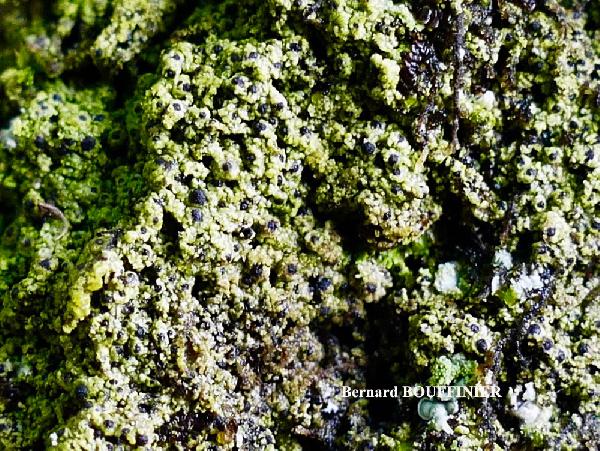
Bernard Bouffinier - Source: http://www.lichensmaritimes.org/index.php?task=fiche&lichen=1021&lang=en
France, Loperhet
as Normandina acroglypta but collected on bark, hence most probably N. chlorococca
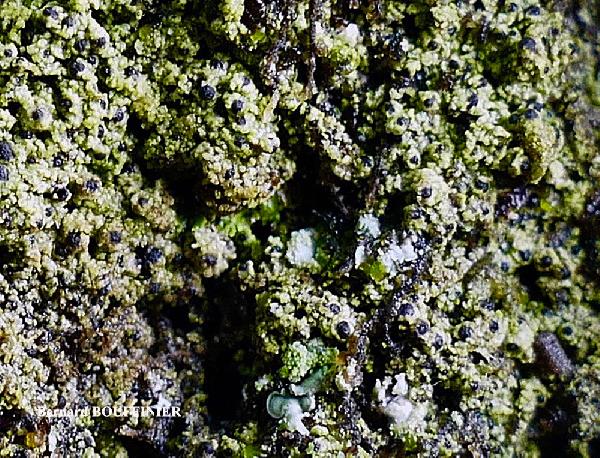
Bernard Bouffinier - Source: http://www.lichensmaritimes.org/index.php?task=fiche&lichen=1021&lang=en
France, Loperhet
as Normandina acroglypta but collected on bark, hence most probably N. chlorococca

Bernard Bouffinier - Source: http://www.lichensmaritimes.org/index.php?task=fiche&lichen=1021&lang=en
France, Loperhet
as Normandina acroglypta but collected on bark, hence most probably N. chlorococca
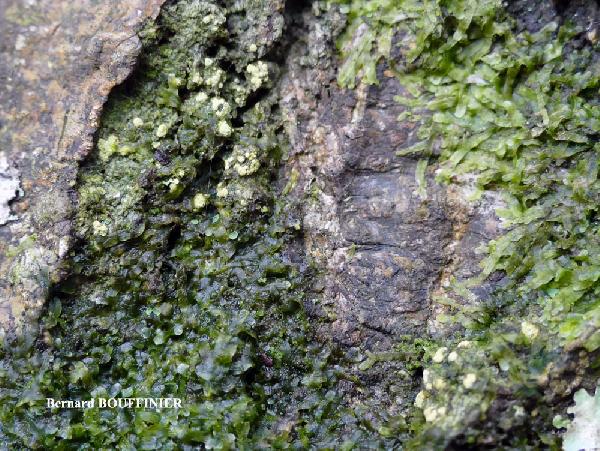
Bernard Bouffinier - Source: http://www.lichensmaritimes.org/index.php?task=fiche&lichen=1021&lang=en
France, Loperhet
as Normandina acroglypta but collected on bark, hence most probably N. chlorococca

Bernard Bouffinier - Source: http://www.lichensmaritimes.org/index.php?task=fiche&lichen=1021&lang=en
France, Ile du Renard, Crozon
as Normandina acroglypta but collected on bark, hence most probably N. chlorococca

Jacques Haine - Source: http://www.lichensmaritimes.org/index.php?task=fiche&lichen=1021&lang=en
France, Loperhet
as Normandina acroglypta but collected on bark, hence most probably N. chlorococca
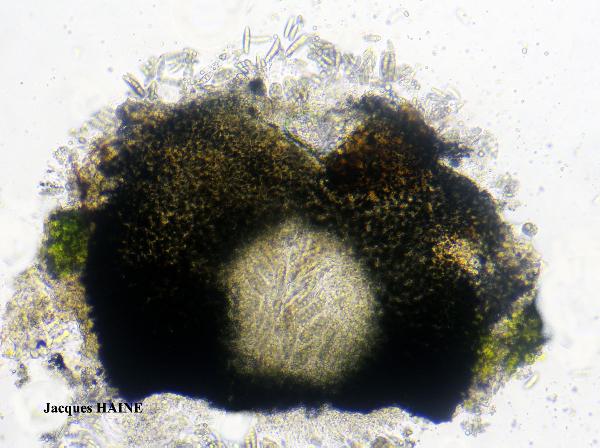
Jacques Haine - Source: http://www.lichensmaritimes.org/index.php?task=fiche&lichen=1021&lang=en
France, Loperhet
as Normandina acroglypta but collected on bark, hence most probably N. chlorococca

Jacques Haine - Source: http://www.lichensmaritimes.org/index.php?task=fiche&lichen=1021&lang=en
France, Loperhet
as Normandina acroglypta but collected on bark, hence most probably N. chlorococca
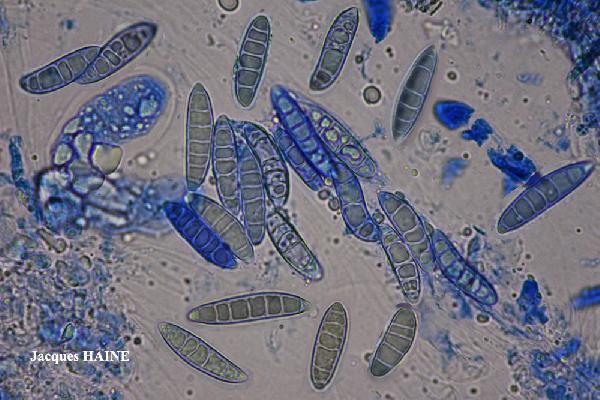
Jacques Haine - Source: http://www.lichensmaritimes.org/index.php?task=fiche&lichen=1021&lang=en
France, Loperhet
as Normandina acroglypta but collected on bark, hence most probably N. chlorococca
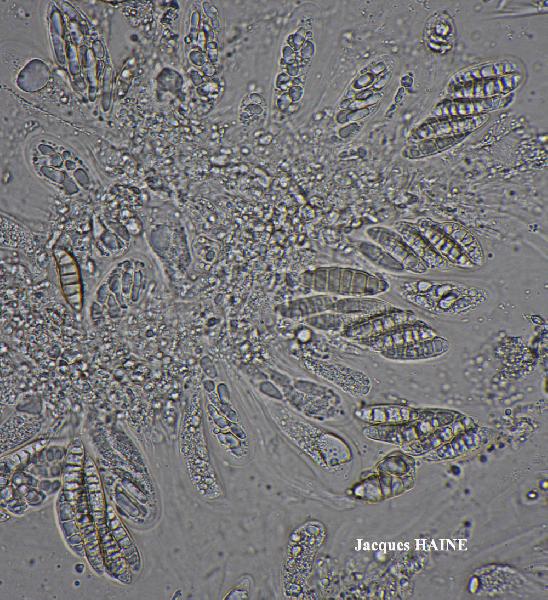
Jacques Haine - Source: http://www.lichensmaritimes.org/index.php?task=fiche&lichen=1021&lang=en
France, Loperhet
as Normandina acroglypta but collected on bark, hence most probably N. chlorococca
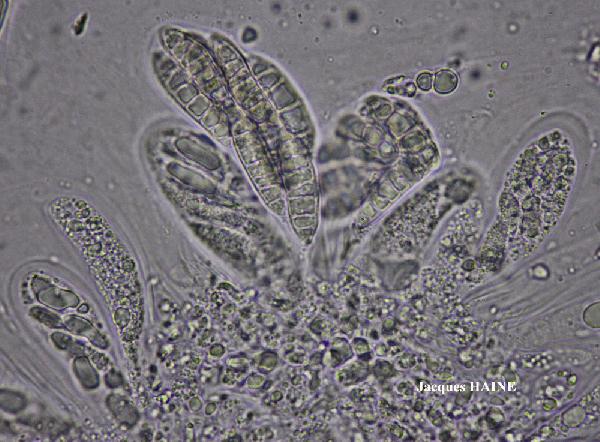
Jacques Haine - Source: http://www.lichensmaritimes.org/index.php?task=fiche&lichen=1021&lang=en
France, Loperhet
as Normandina acroglypta but collected on bark, hence most probably N. chlorococca
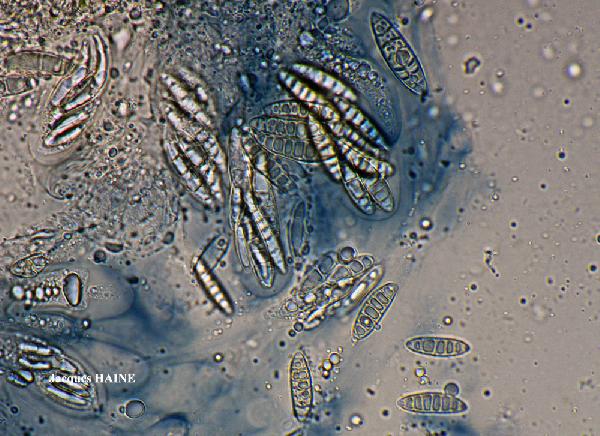
Jacques Haine - Source: http://www.lichensmaritimes.org/index.php?task=fiche&lichen=1021&lang=en
France, Loperhet
as Normandina acroglypta but collected on bark, hence most probably N. chlorococca

Jacques Haine - Source: http://www.lichensmaritimes.org/index.php?task=fiche&lichen=1021&lang=en
France, Loperhet
as Normandina acroglypta but collected on bark, hence most probably N. chlorococca
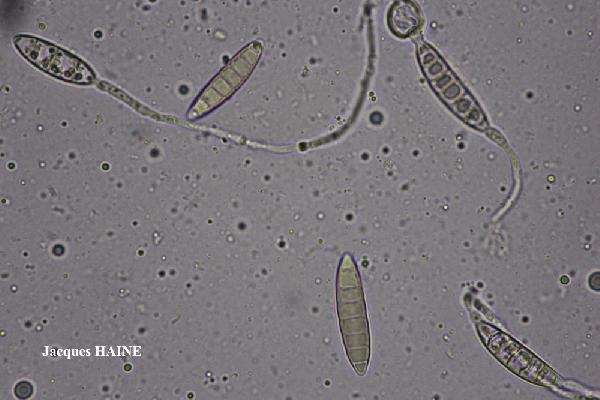
Jacques Haine - Source: http://www.lichensmaritimes.org/index.php?task=fiche&lichen=1021&lang=en
France, Loperhet
as Normandina acroglypta but collected on bark, hence most probably N. chlorococca

Source: Svensson, M., Ekman, S., Arup, U., Eide Ekman, L., Hammarström, O., Isaksson, R., Jonsson, F., Palice, Z., Vicente, R. & Westberg, M. 2024. Further additions to the Swedish flora of lichenised fungi. Graphis Scripta 36 (2): 15–49. Oslo. ISSN 2002-4495. - CC BY-4.0
green thallus of convex granules and scattered black perithecia (UPS L-
1047330). Bar = 1 mm
Growth form: Crustose
Substrata: bark
Photobiont: green algae other than Trentepohlia
Reproductive strategy: mainly asexual, by soredia, or soredia-like structures (e.g. blastidia)
Commonnes-rarity: (info)
Alpine belt: absent
Subalpine belt: absent
Oromediterranean belt: absent
Montane belt: absent
Submediterranean belt: very rare
Padanian area: absent
Humid submediterranean belt: very rare
Humid mediterranean belt: absent
Dry mediterranean belt: absent

Predictive model
| Herbarium samples |

Jacques Haine - Source: http://www.lichensmaritimes.org/index.php?task=fiche&lichen=1021&lang=en
France, Loperhet
as Normandina acroglypta but collected on bark, hence most probably N. chlorococca

Bernard Bouffinier - Source: http://www.lichensmaritimes.org/index.php?task=fiche&lichen=1021&lang=en
France, Loperhet
as Normandina acroglypta but collected on bark, hence most probably N. chlorococca

Bernard Bouffinier - Source: http://www.lichensmaritimes.org/index.php?task=fiche&lichen=1021&lang=en
France, Loperhet
as Normandina acroglypta but collected on bark, hence most probably N. chlorococca

Bernard Bouffinier - Source: http://www.lichensmaritimes.org/index.php?task=fiche&lichen=1021&lang=en
France, Loperhet
as Normandina acroglypta but collected on bark, hence most probably N. chlorococca

Bernard Bouffinier - Source: http://www.lichensmaritimes.org/index.php?task=fiche&lichen=1021&lang=en
France, Loperhet
as Normandina acroglypta but collected on bark, hence most probably N. chlorococca

Bernard Bouffinier - Source: http://www.lichensmaritimes.org/index.php?task=fiche&lichen=1021&lang=en
France, Ile du Renard, Crozon
as Normandina acroglypta but collected on bark, hence most probably N. chlorococca

Jacques Haine - Source: http://www.lichensmaritimes.org/index.php?task=fiche&lichen=1021&lang=en
France, Loperhet
as Normandina acroglypta but collected on bark, hence most probably N. chlorococca

Jacques Haine - Source: http://www.lichensmaritimes.org/index.php?task=fiche&lichen=1021&lang=en
France, Loperhet
as Normandina acroglypta but collected on bark, hence most probably N. chlorococca

Jacques Haine - Source: http://www.lichensmaritimes.org/index.php?task=fiche&lichen=1021&lang=en
France, Loperhet
as Normandina acroglypta but collected on bark, hence most probably N. chlorococca

Jacques Haine - Source: http://www.lichensmaritimes.org/index.php?task=fiche&lichen=1021&lang=en
France, Loperhet
as Normandina acroglypta but collected on bark, hence most probably N. chlorococca

Jacques Haine - Source: http://www.lichensmaritimes.org/index.php?task=fiche&lichen=1021&lang=en
France, Loperhet
as Normandina acroglypta but collected on bark, hence most probably N. chlorococca

Jacques Haine - Source: http://www.lichensmaritimes.org/index.php?task=fiche&lichen=1021&lang=en
France, Loperhet
as Normandina acroglypta but collected on bark, hence most probably N. chlorococca

Jacques Haine - Source: http://www.lichensmaritimes.org/index.php?task=fiche&lichen=1021&lang=en
France, Loperhet
as Normandina acroglypta but collected on bark, hence most probably N. chlorococca

Jacques Haine - Source: http://www.lichensmaritimes.org/index.php?task=fiche&lichen=1021&lang=en
France, Loperhet
as Normandina acroglypta but collected on bark, hence most probably N. chlorococca

Jacques Haine - Source: http://www.lichensmaritimes.org/index.php?task=fiche&lichen=1021&lang=en
France, Loperhet
as Normandina acroglypta but collected on bark, hence most probably N. chlorococca

 INDEX FUNGORUM
INDEX FUNGORUM
 GBIF
GBIF
 DOLICHENS
DOLICHENS



